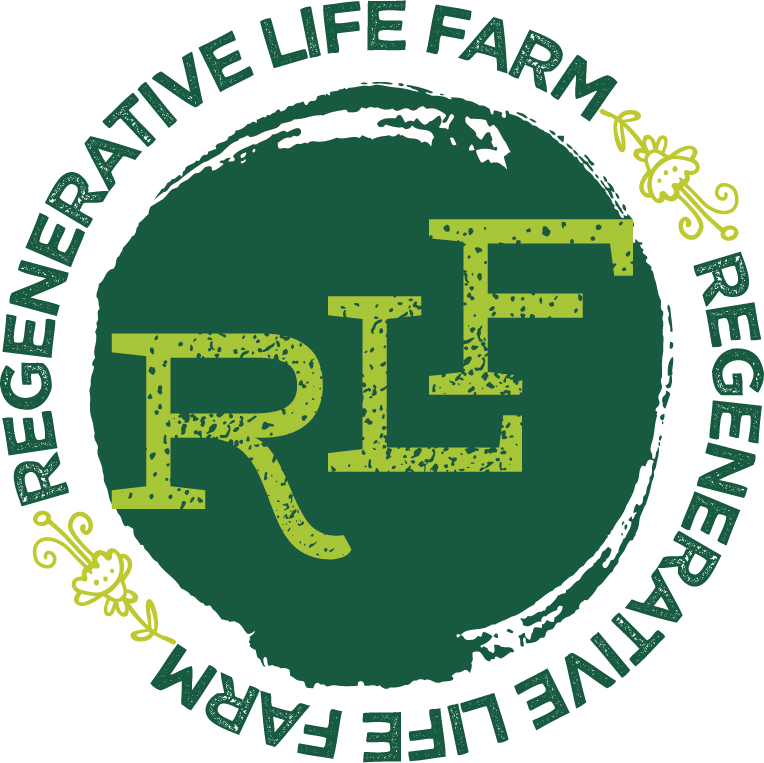Nature goes to sleep
This appeared in the November 12, 2020 edition of The Fish Wrap
As soil temperature drops, the days get shorter and leaves fall, winter is upon us. RLF still has some cold hardy crops like Kale and Carrots growing, but once we reach fewer than 10 hours of daylight, above ground growth stops. Plants on earth evolved to have a period of dormancy during the winter months. Nature is going to sleep, perchance to dream, but what dreams may come?
Fruit trees are setting their buds for next year and plants are dying back and storing nutrients in the roots. When air temperatures drop below 32F, water in the top layer freezes, forming what is known as the frost layer. Organic matter like mulch or even fallen leaves provide soil and root insulation, holding some heat lower in the ground. Perennial plants develop root systems below the frost layer. The roots release a lot of water so that freezing will not damage cell walls. Soil-dwelling animals burrow beneath the frost layer and either hibernate or live on stored food in their winter vacation homes.
Something wonderful happens to produce after the first frost. Have you ever noticed that fruit gets sweeter after a frost? Plants react to colder conditions by converting starch into sugars. Sugar gives the water in the plants a lower freezing point. This natural anti-freeze makes fruits and things like Peas, Brussels sprouts and Carrots have a last hurrah of sweetness! Plus, the bugs go into hibernation leaving big beautiful greens to enjoy!
You can prepare your garden for winter by laying down compost to insulate. Ensure the soil has water and nutrition so it doesn’t enter hibernation dry and starving. Seek out local produce after a frost for some great taste. Prepare your hearts and minds for the long winter ahead and dream with the earth of Spring.
